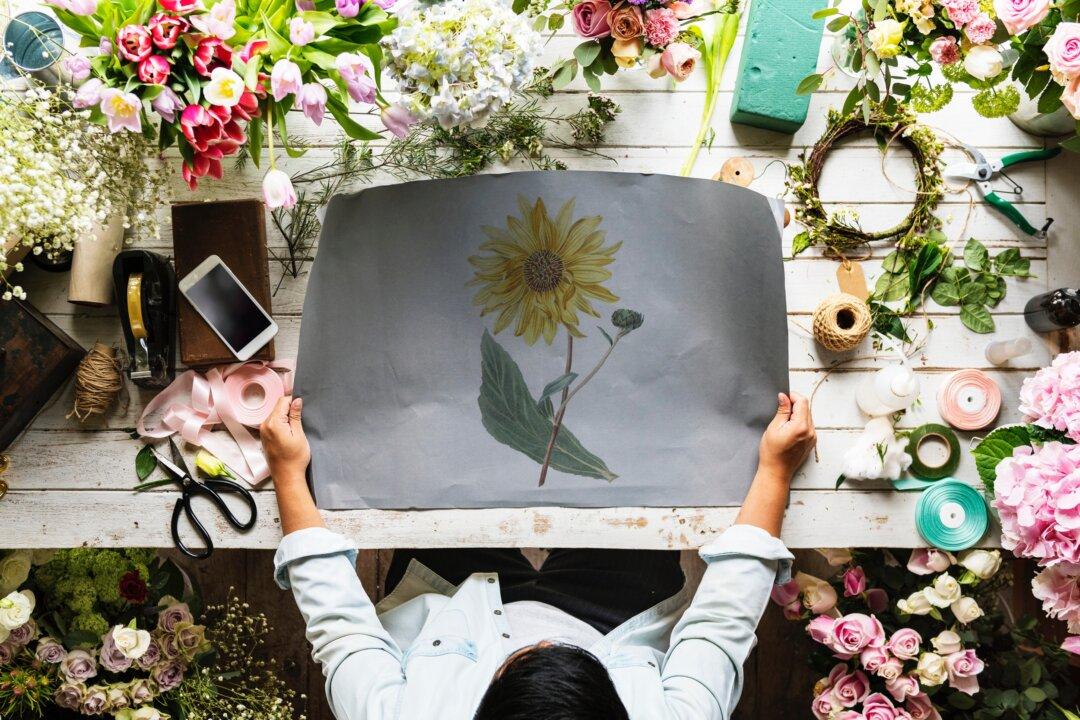In the past couple of years, however, calls for the arts to be a core component of social prescribing in the U.K. have been growing. A recent report by Arts Council Wales, for example, has backed the idea. And last summer an all-party parliamentary group for clinical commissioning groups, as well as NHS trusts, and local authorities put forward recommendations to incorporate prescribing arts on prescription into their commissioning plans and redesign care pathways where appropriate.
How Creativity on Prescription Can Improve Mental and Physical Health
Prescribing art and social connection has documented effects on health and diseases like dementia

Arts and crafts may benefit your health in unexpected ways. Chuck Hildebrant/Unsplash
|Updated:
